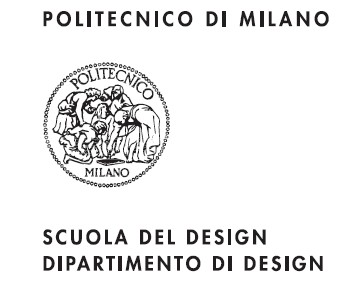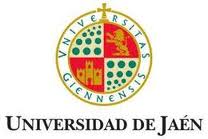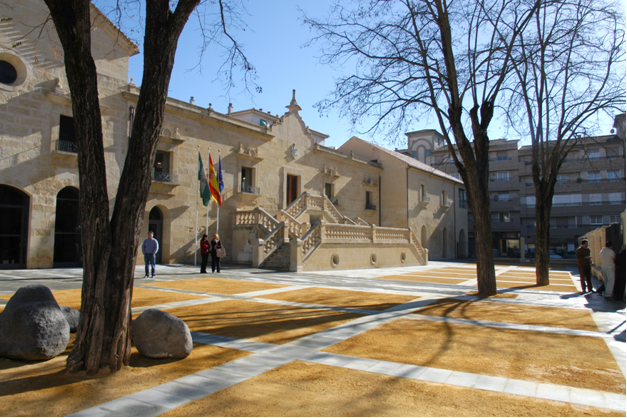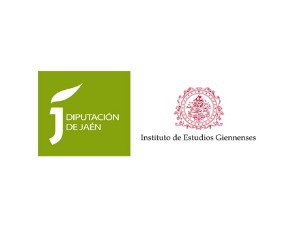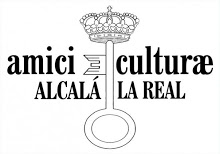What does music mean to us? It is not just a sound wave, it is strongly links to
our emotion with synaesthesia in vision, touch, smell and taste, which is called
“synaesthesia of synthetic senses”, thus, generating a kind of “vision environment”. This is the process of “music visualization in Art”.Similarly, visual art is not a pure object displayed in plane or space. It is a combination of synaesthesia of synthetic senses and emotion, which generates a kind of “inner music”- tempo rhythm, melody, timbre tonality, dynamics, musical texture, etc. This is the process of “visual art in ‘inner music'”.
In order to better integrate all the synaesthetic characterstics, and to illustrate the process of music visualization in art or the process of visual art in “inner music”, we propose a “music synaestheisa fishbone graph” or “visual art synaesthesia fishbone graph” to record exactly the synaesthesia impression and status. For example, in the “music synaestheisa fishbone graph”, the horizontal axis refers to the process of music, while the vertical axis refers to the simultaneous response of all synaesthesia feelings: emotion, brightness/richness, cold/hot, color, motion speed, shape in space, line and flow, touch/texture, smell and taste.
In this paper, extensive case studies have been made. For example, 24 oil paintings
were created based on the music of Chopin's 24 Preludes. In the same way, a
Chinese Gin music “Xiao Xiang Water Clouds” (composed by GUO Chuwang around
1276) inspired the author to produce his visual work as well.On the other hand, Van Gogh's painting as well as Zhang Xuan's painting (“Making Cloth” around 740 A.D.) often generate a kind of “inner music” through synaesthesia of synthestic senses. Hereby, visual art is not just limited to painting. It refers to any art works for “visual environment”, such as architecture in a closed space or open space as garden. The process of visual art in “inner music" can best explain how “visual environment inspired Debussy to create his music.
“Synaesthesia of Synthetic senses fishbone graph” is recommended as a model not only to help artists to collect the idea for art creation, but also to support scholars to analyze individual's different response after listening to the same pieces of music or seening the same painting, in order to better understand the mechanism of human synaetheisa and condition. This approach is in line with the Chinese traditional aesthetics philosophy –human emotion is affected by the change in nature environment through vision, sound, touch, smell and taste.
|
Jun 10, 15:56 GMT
Room 214, Building 8, Zone 1, Zhongcanyuan 58 An Li Lu, Chao Yang District Beijing, China 100027 China |

